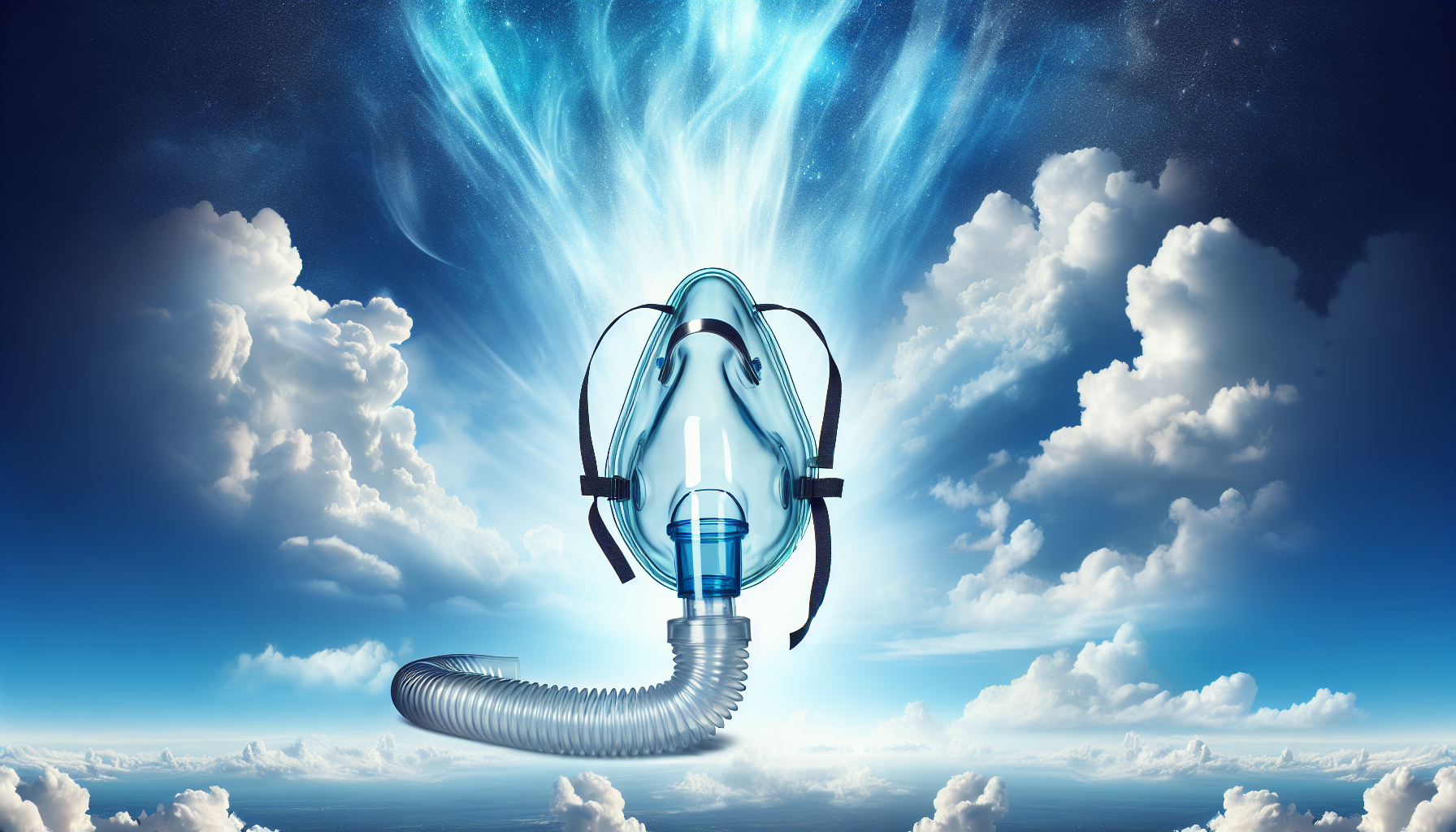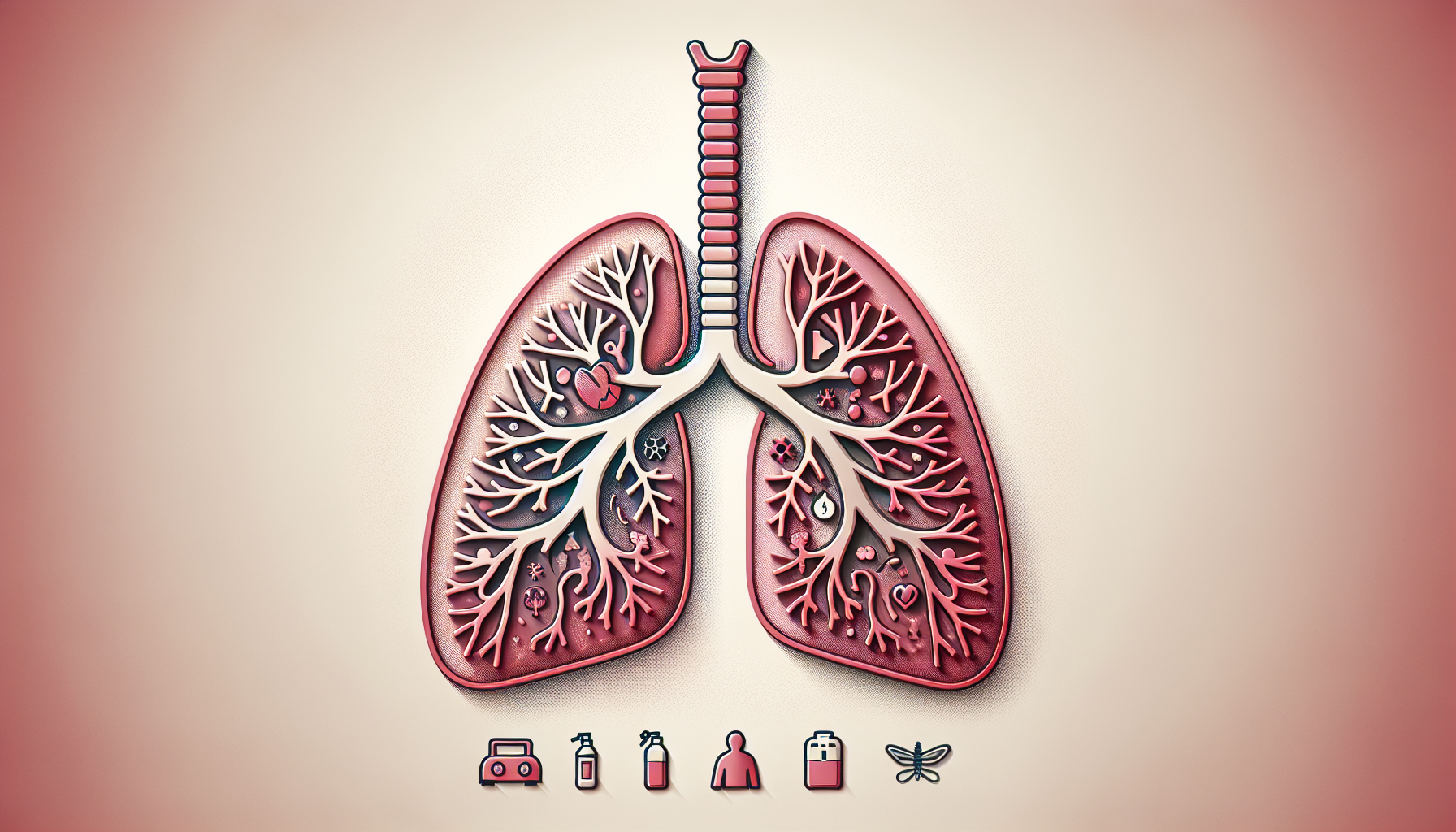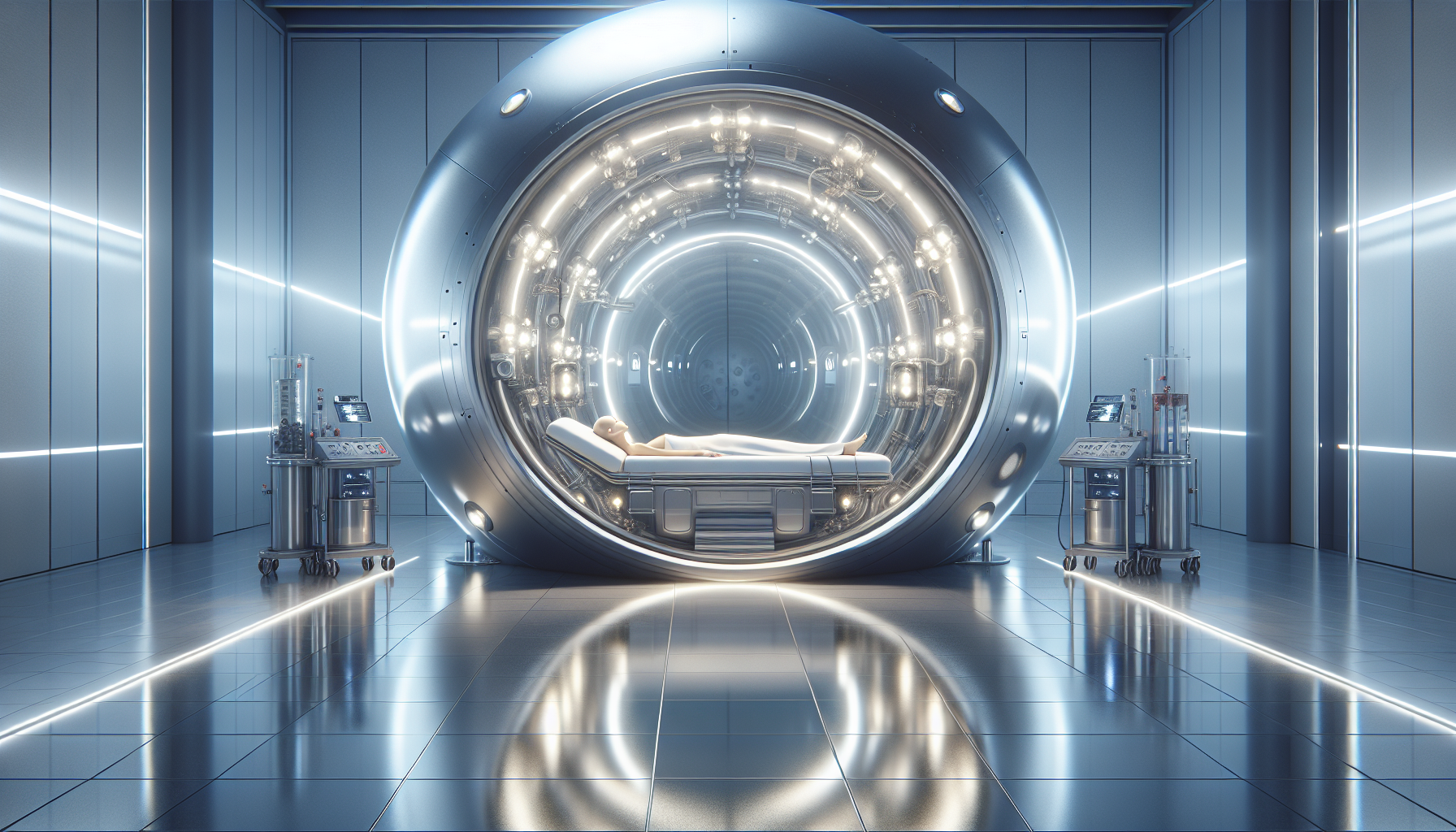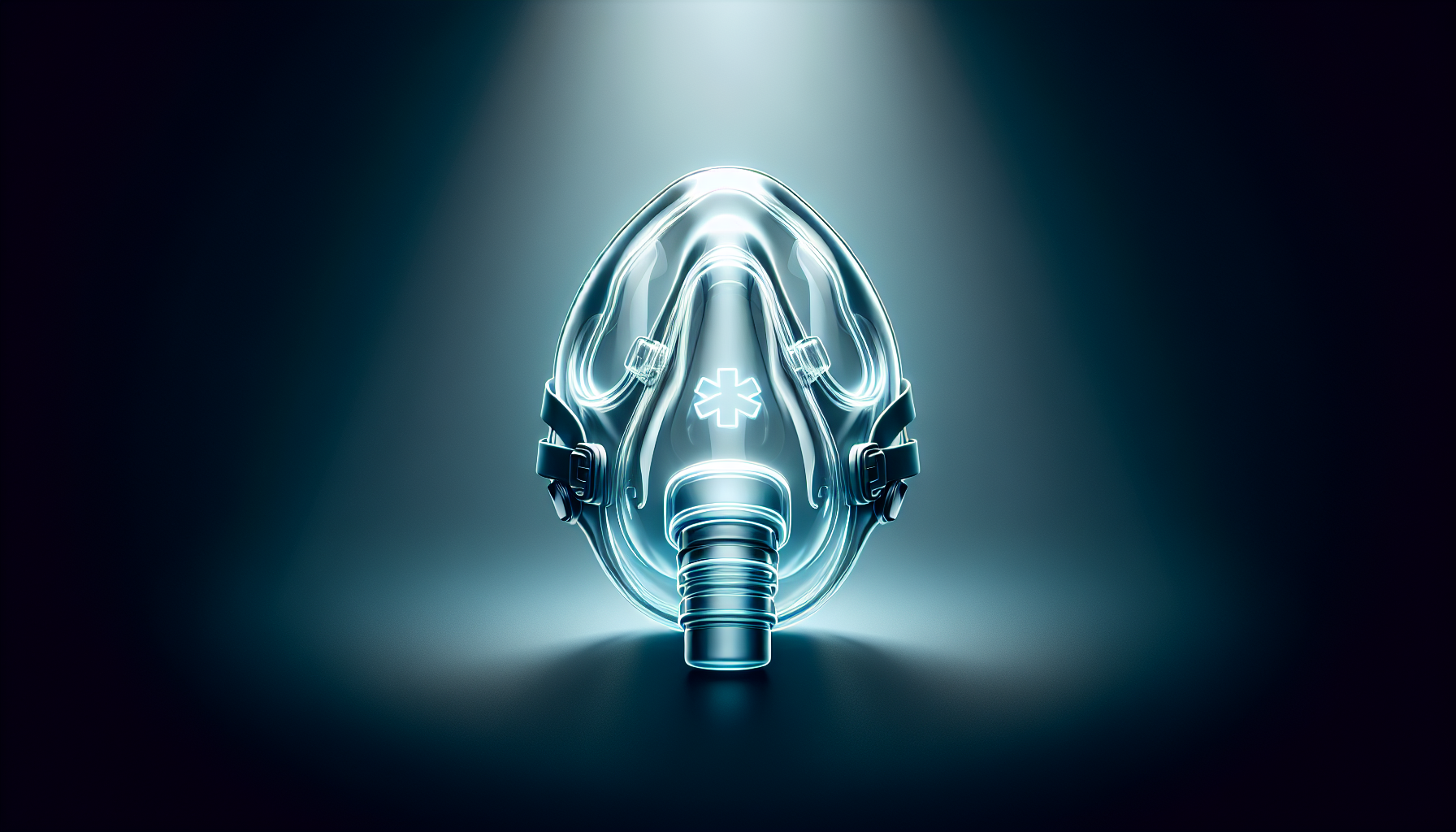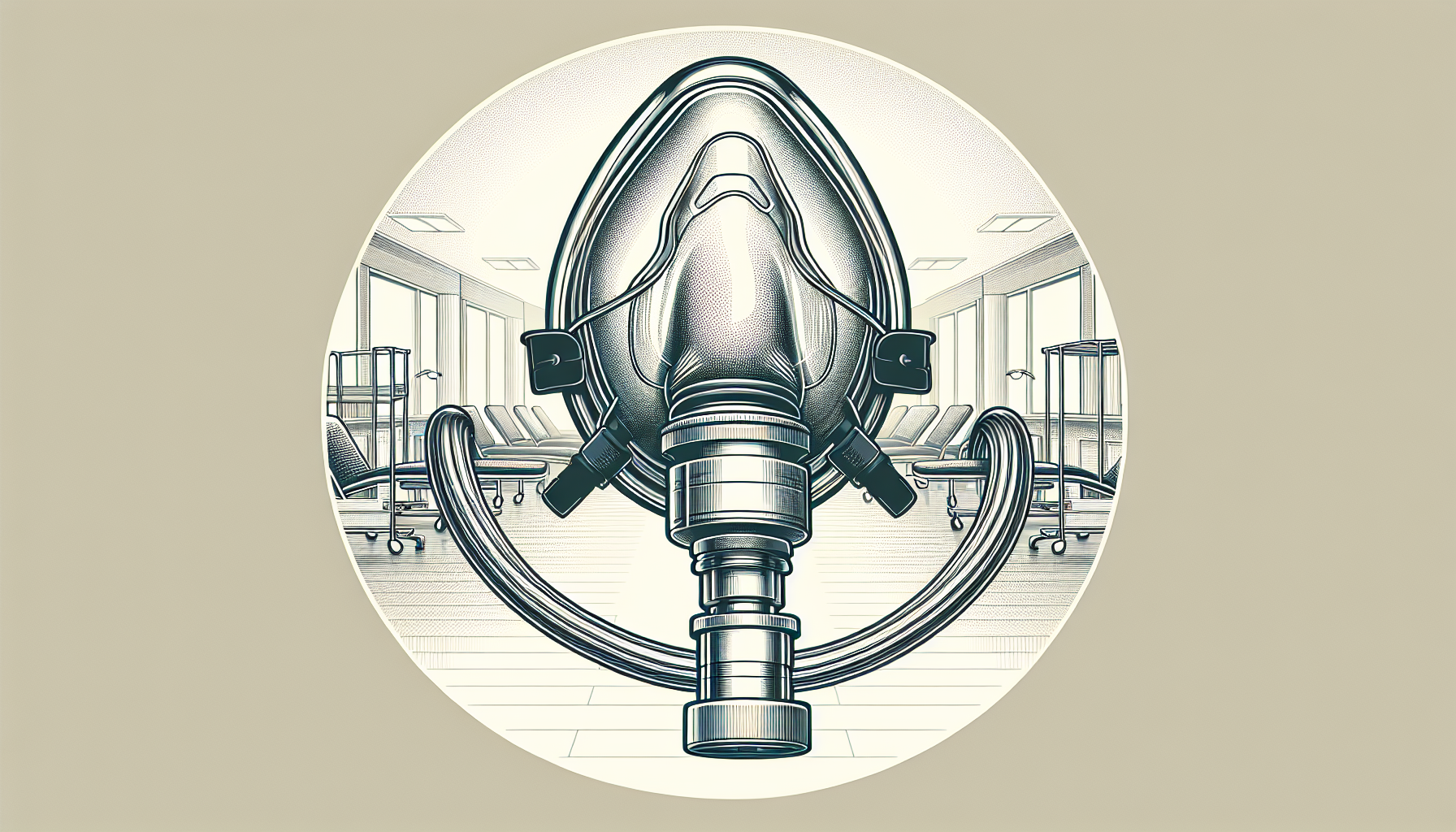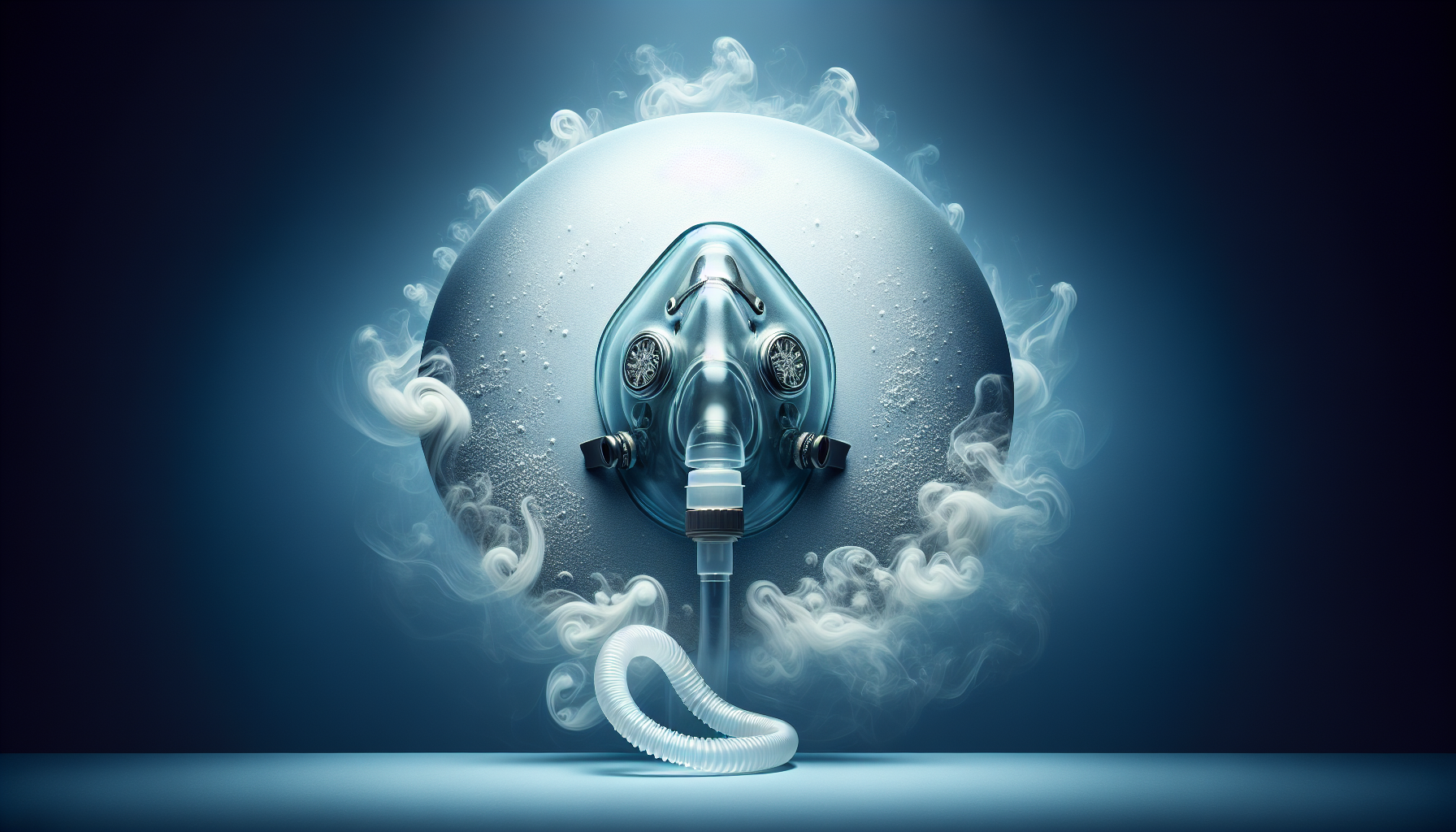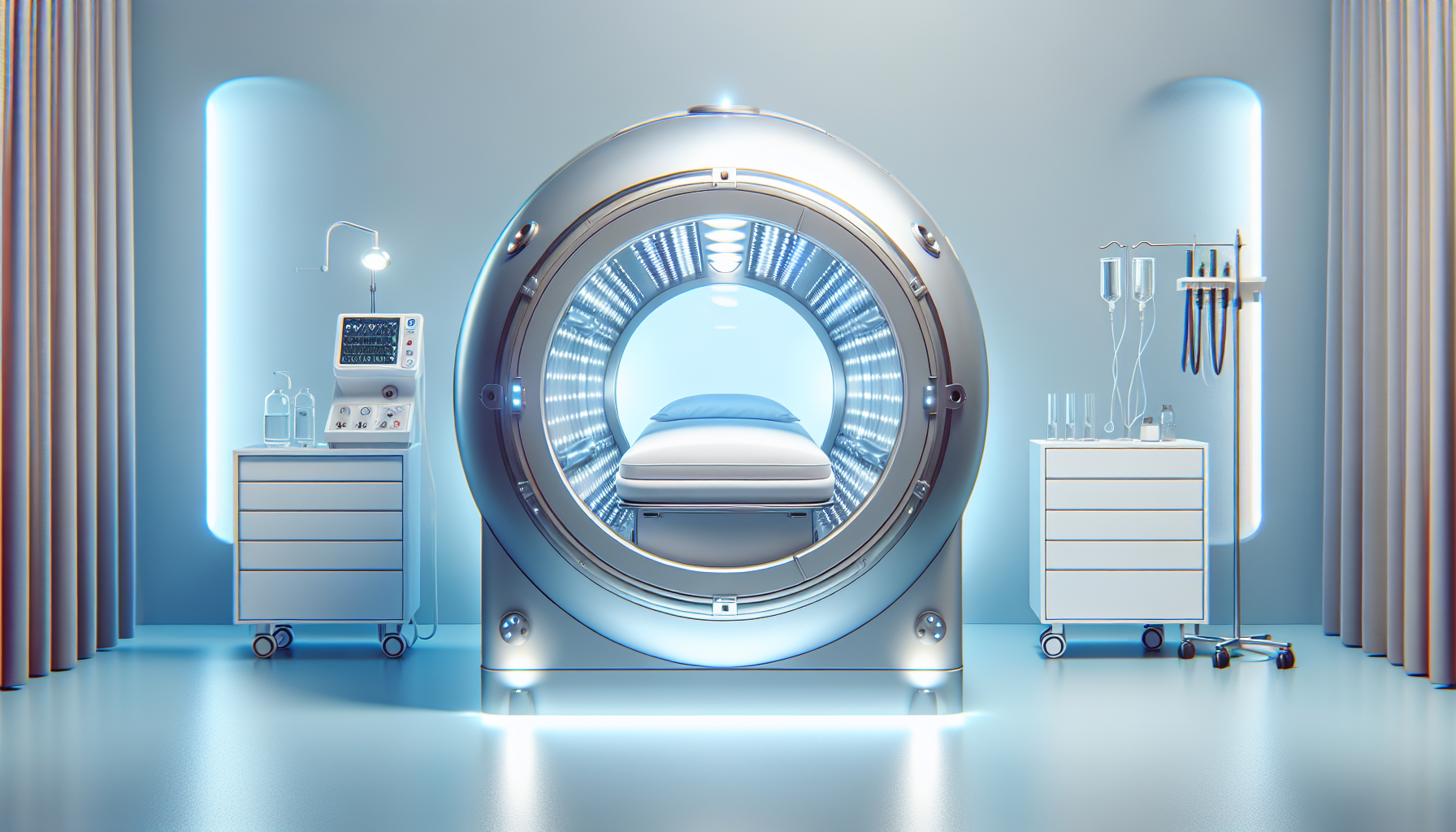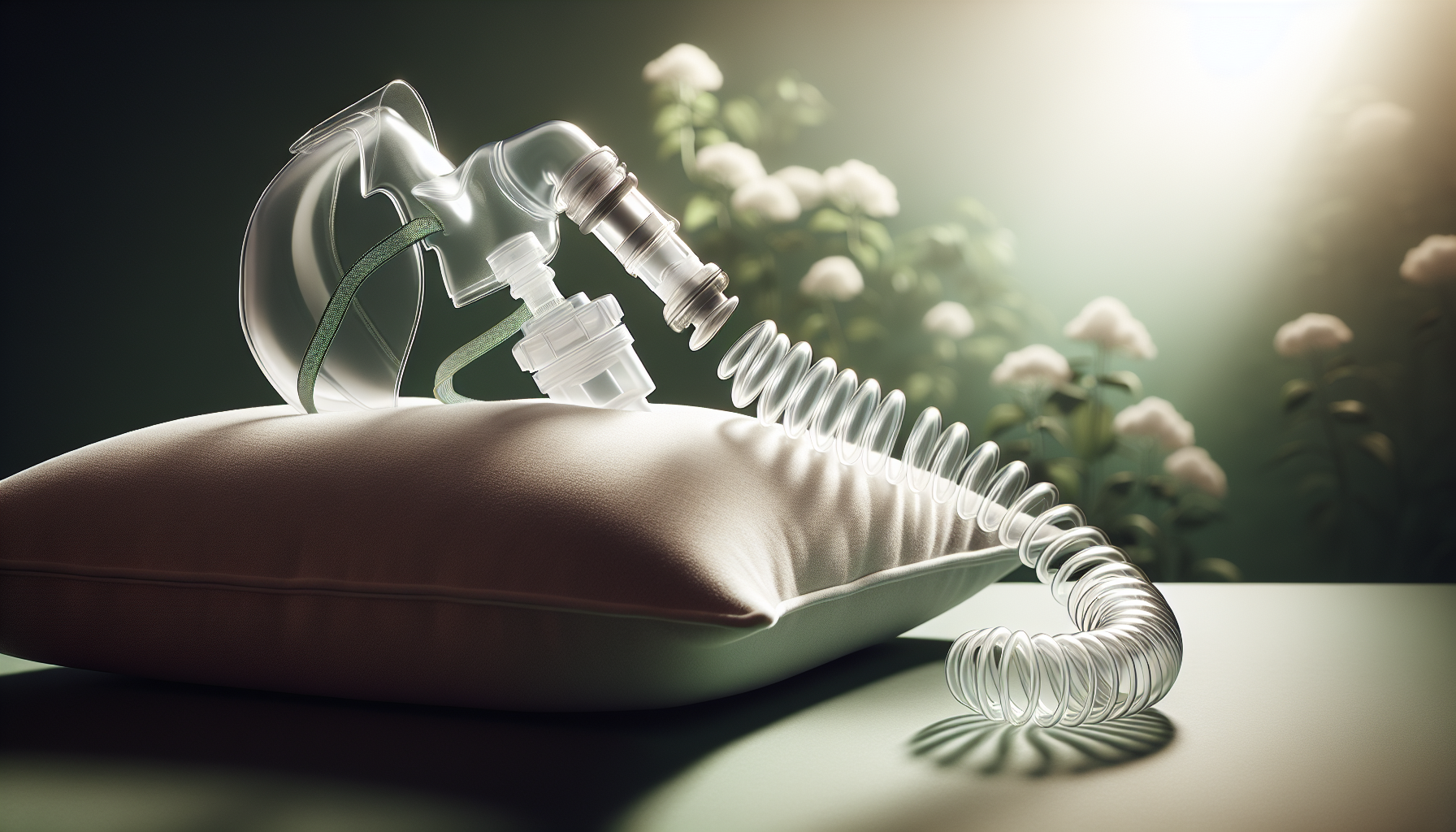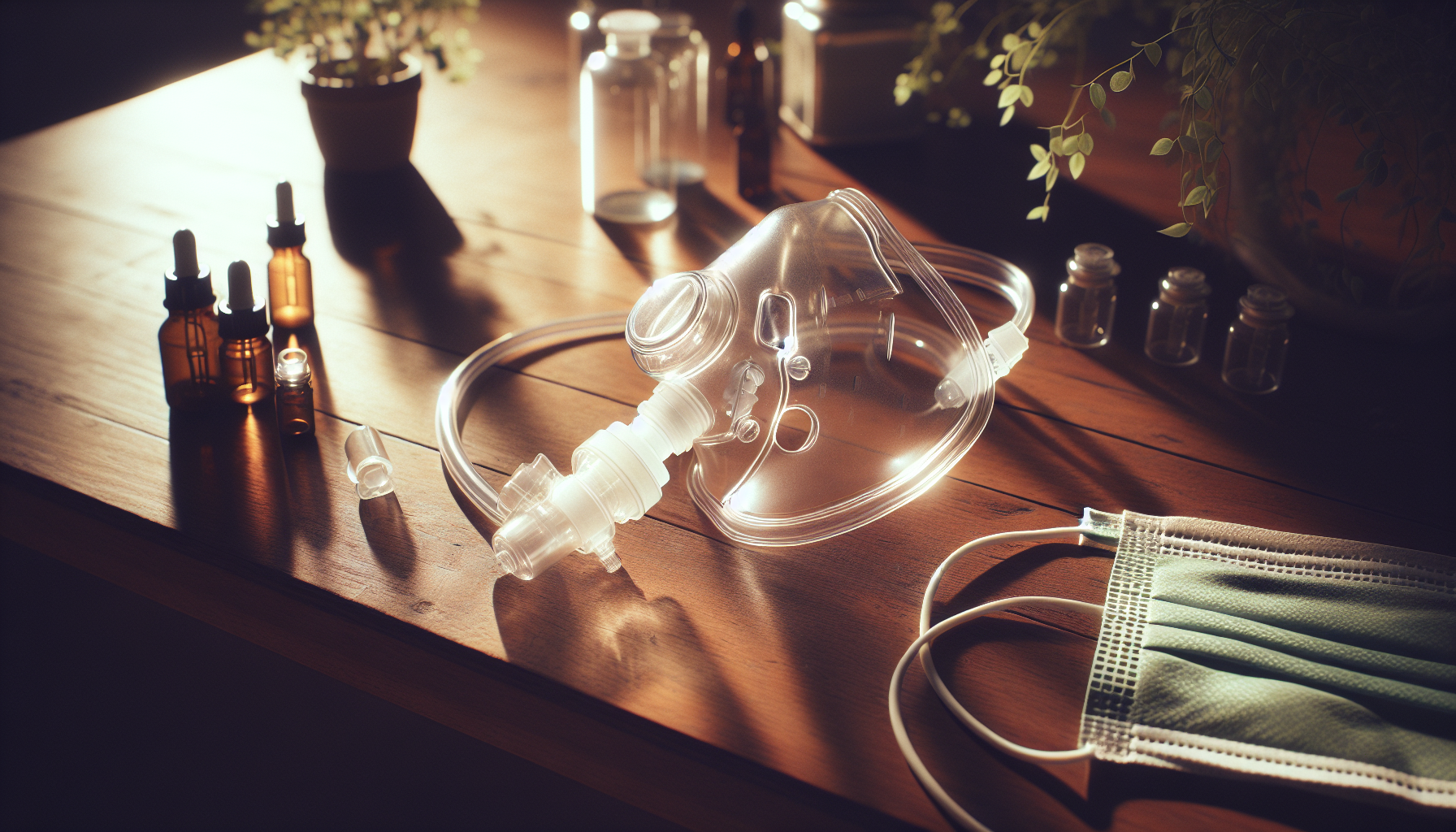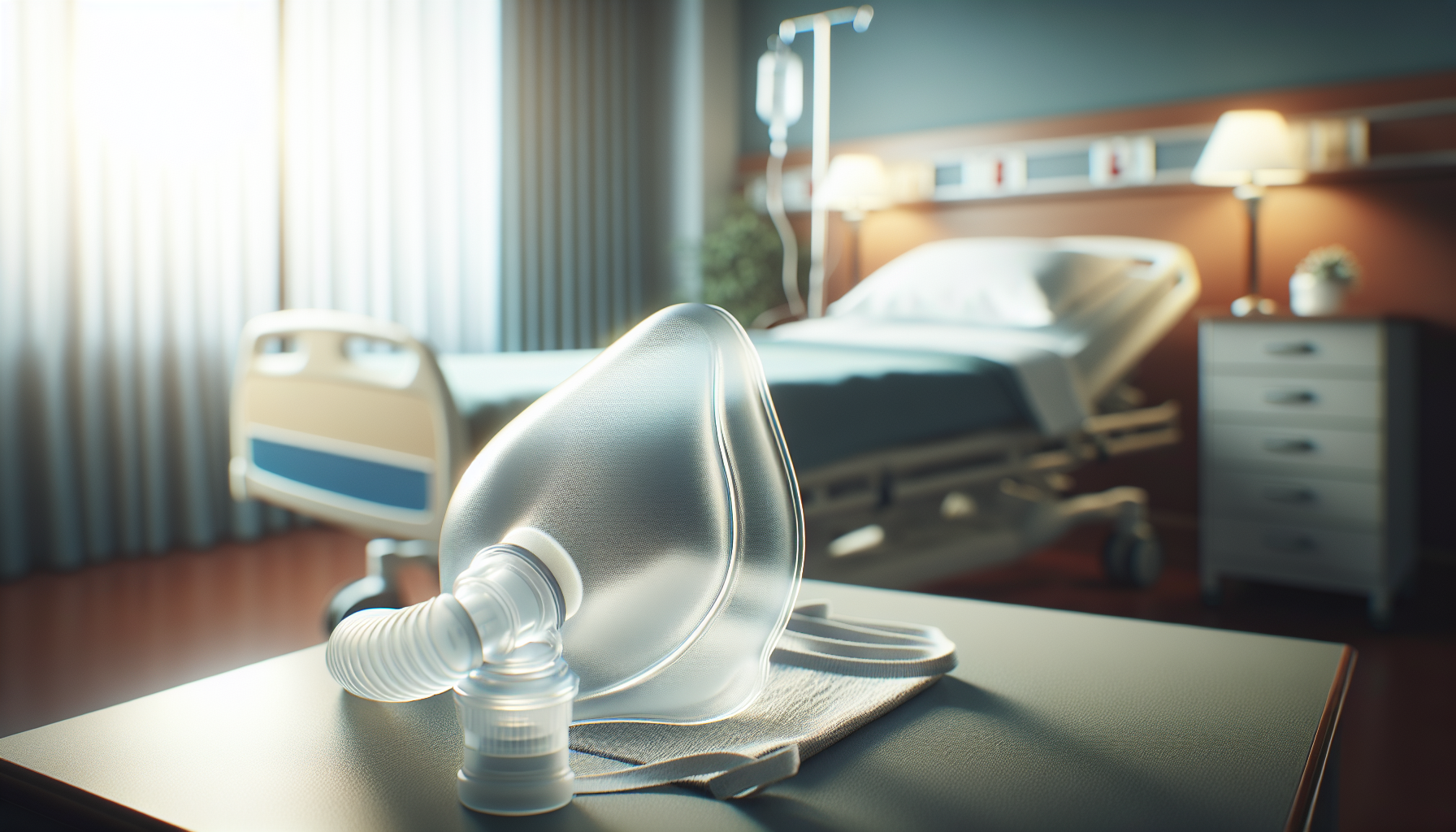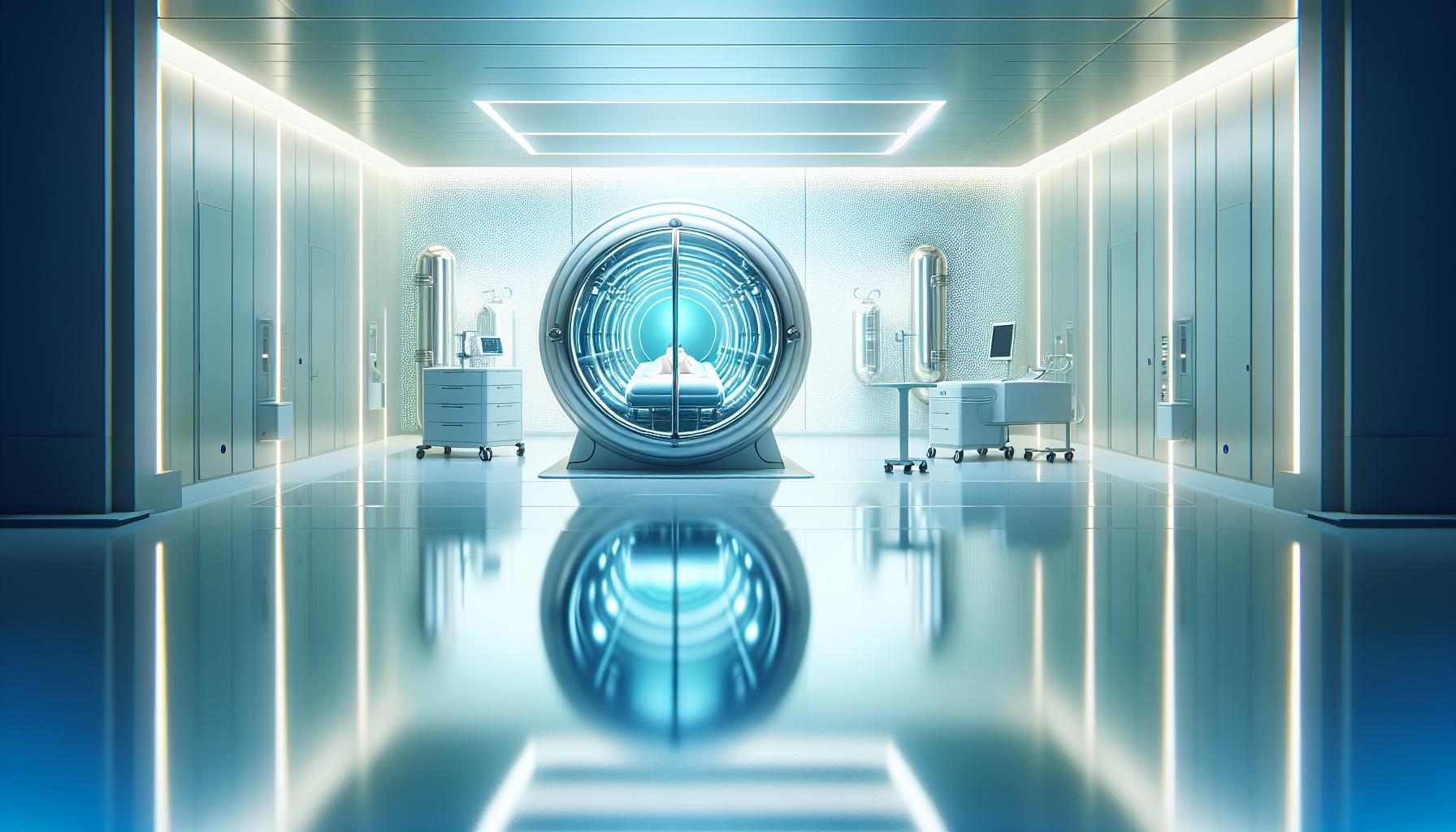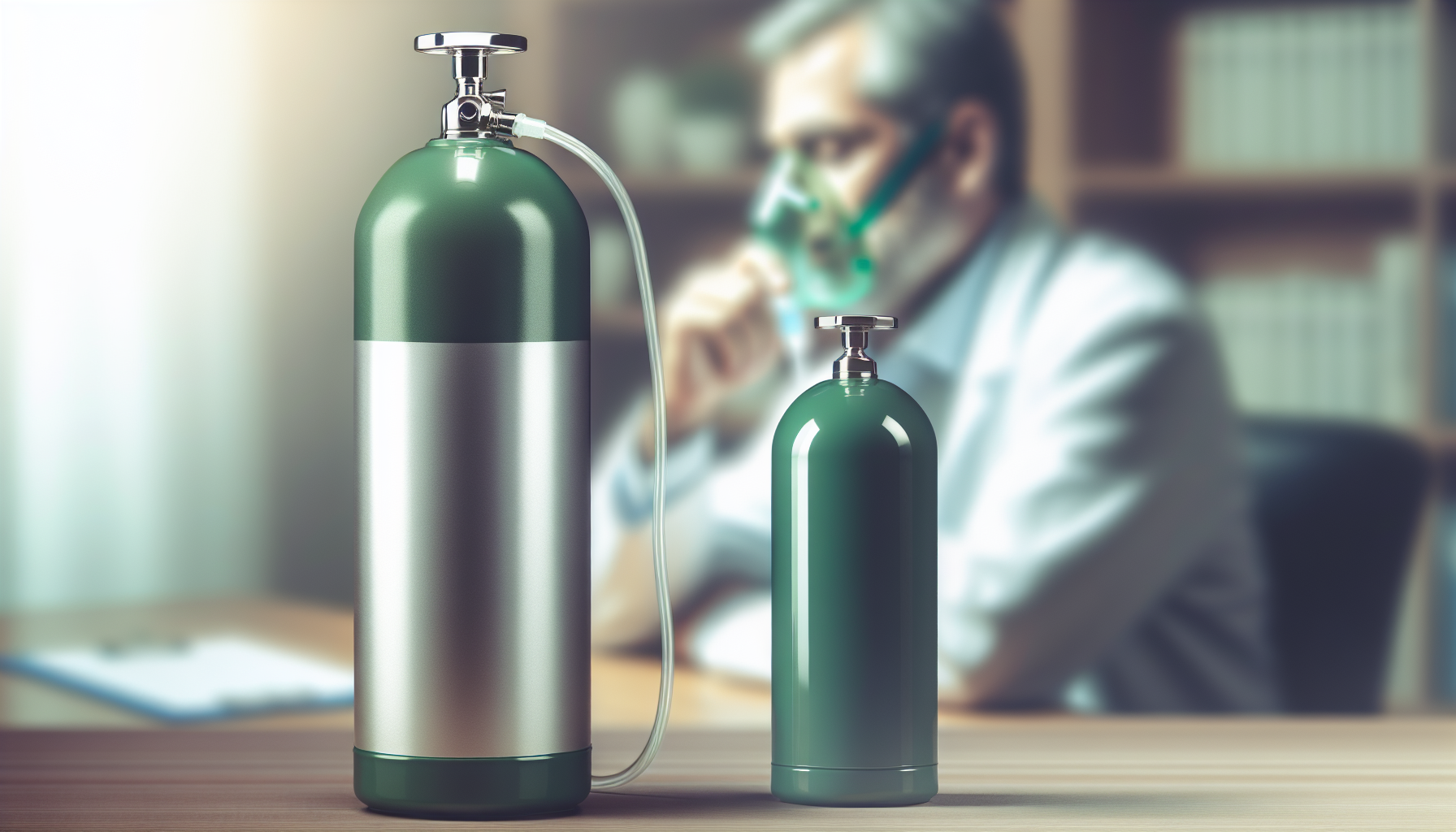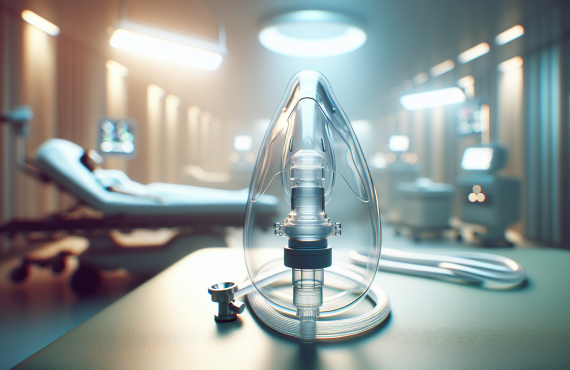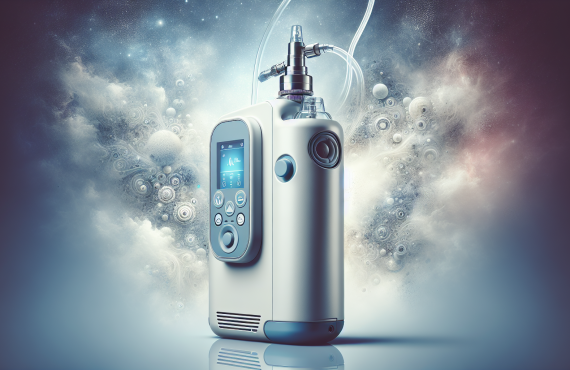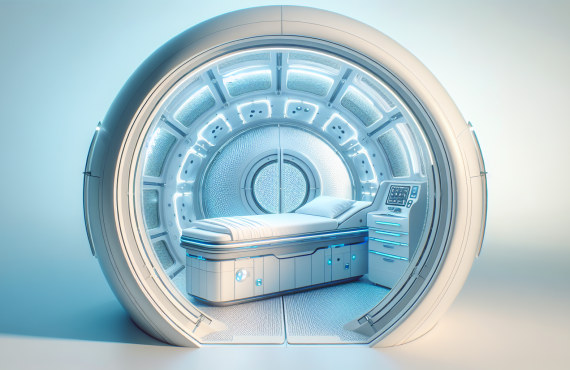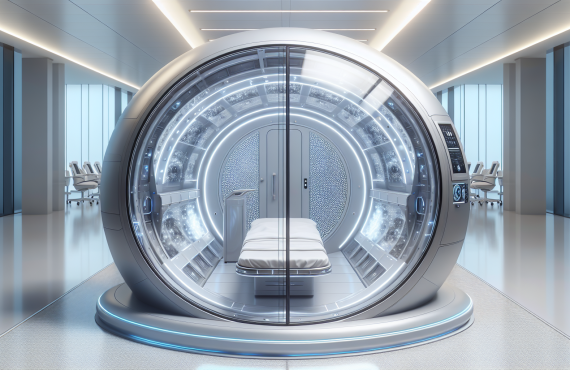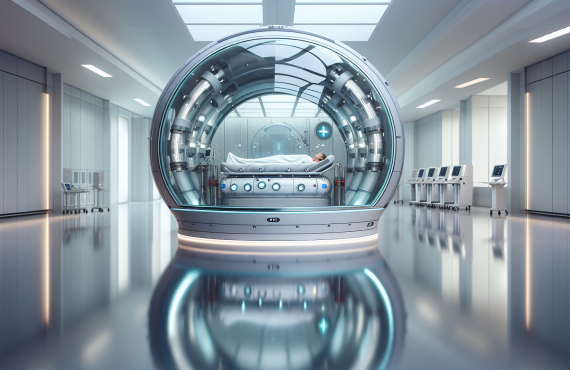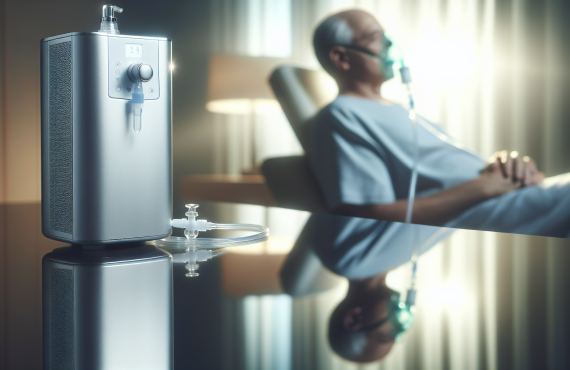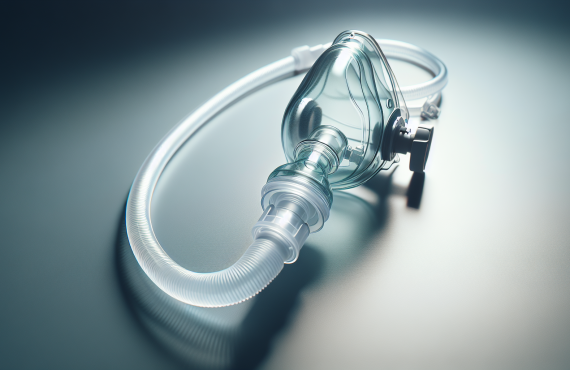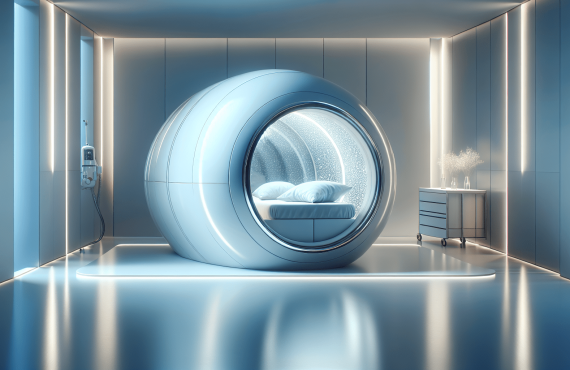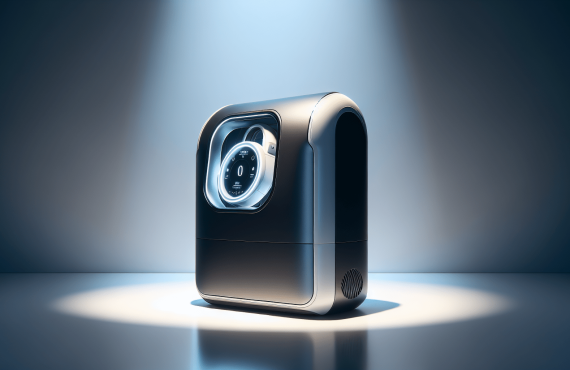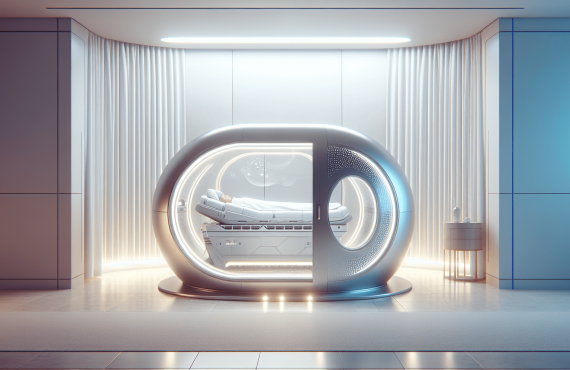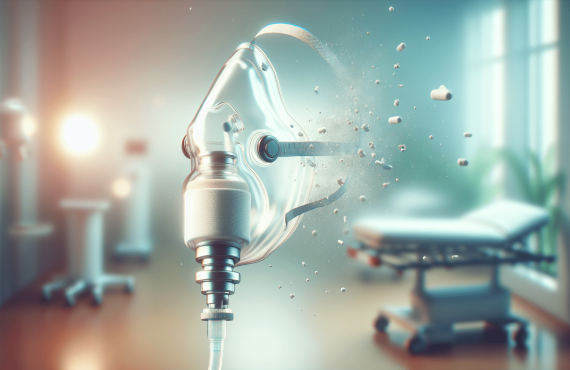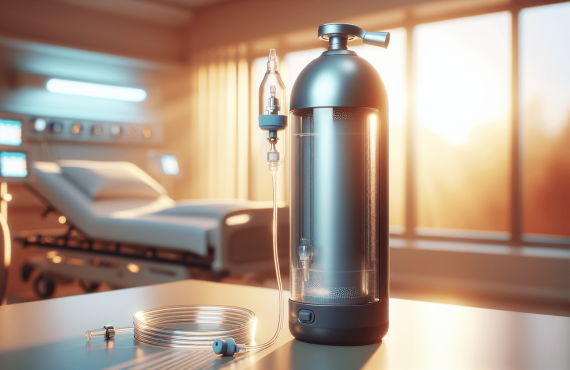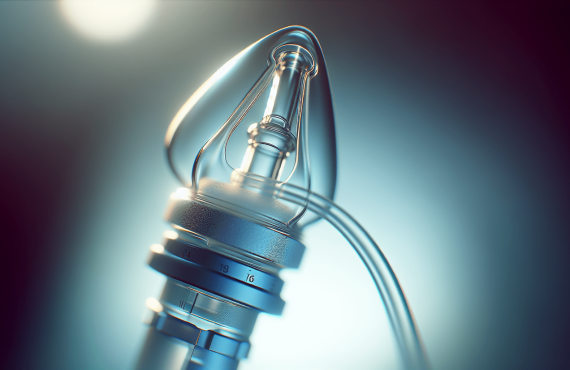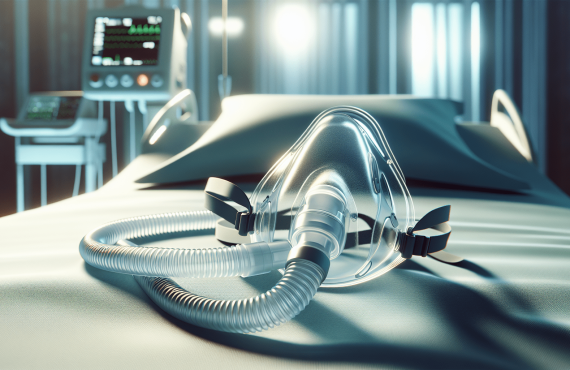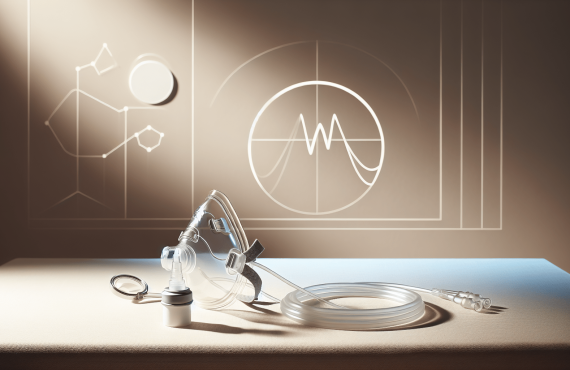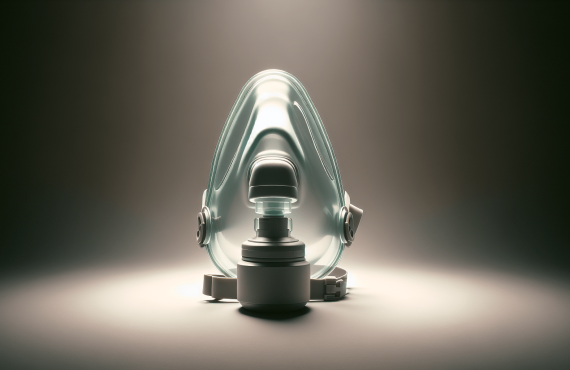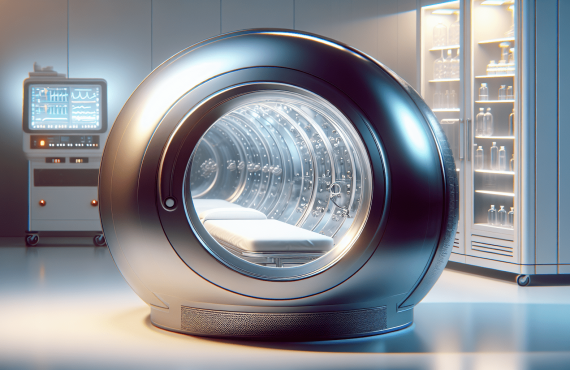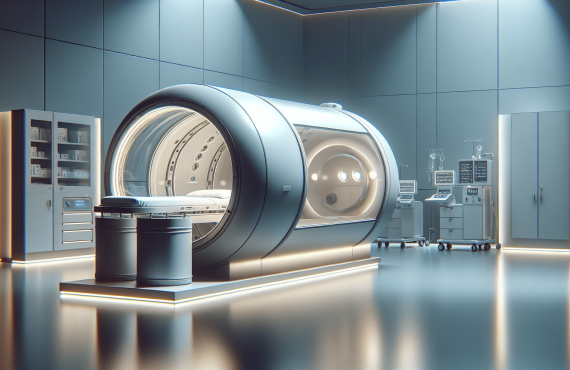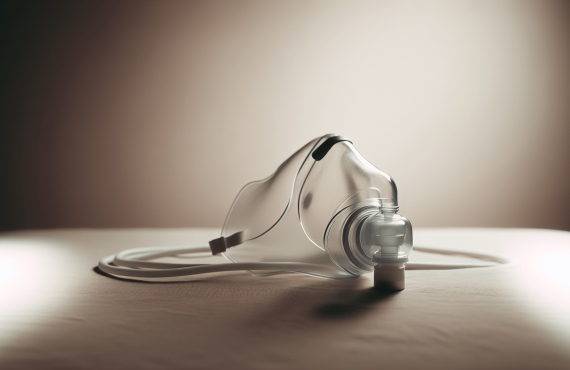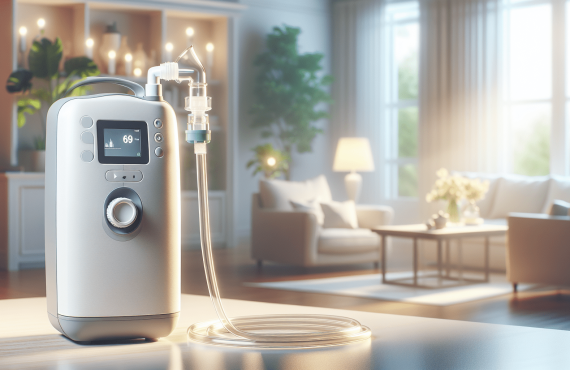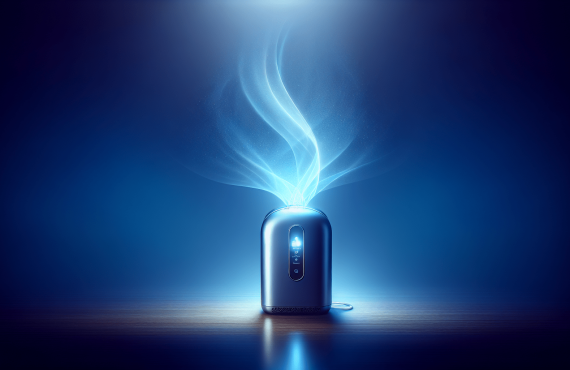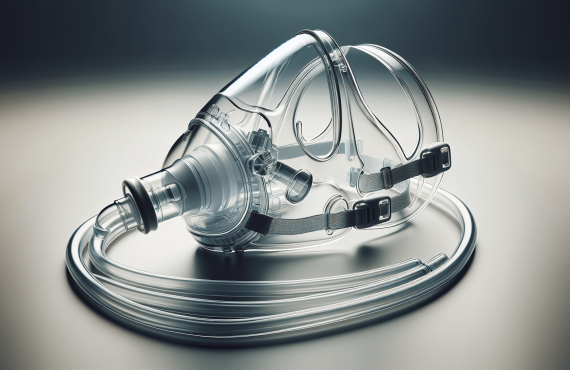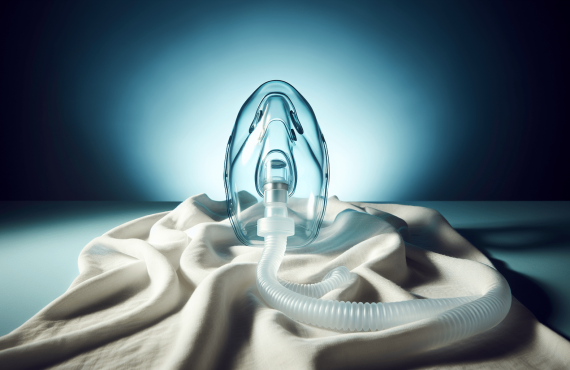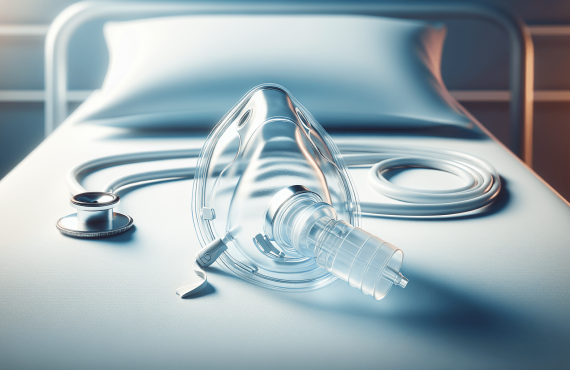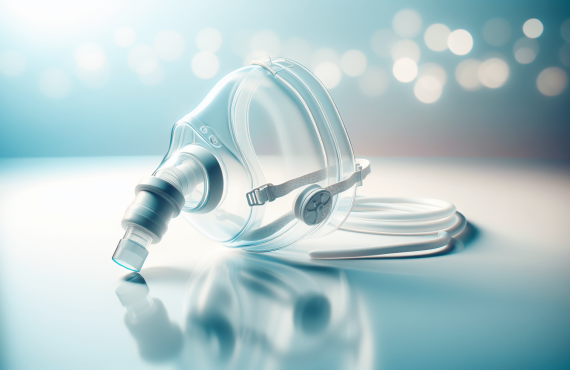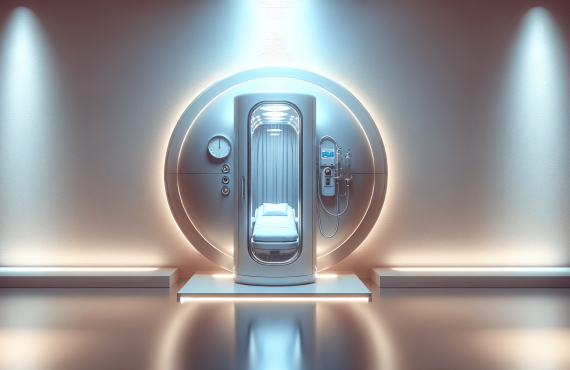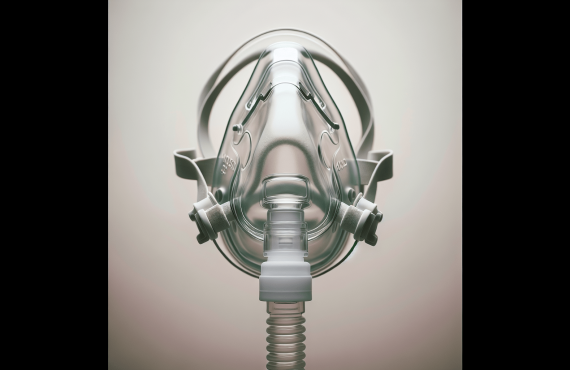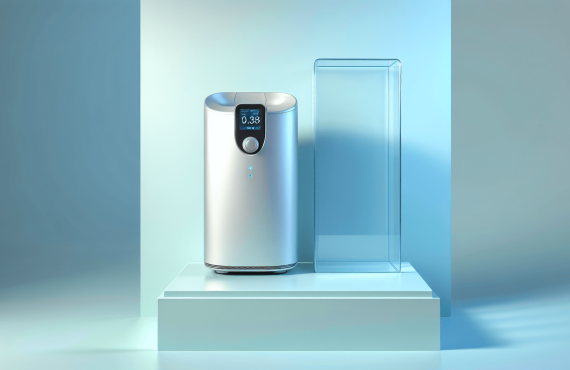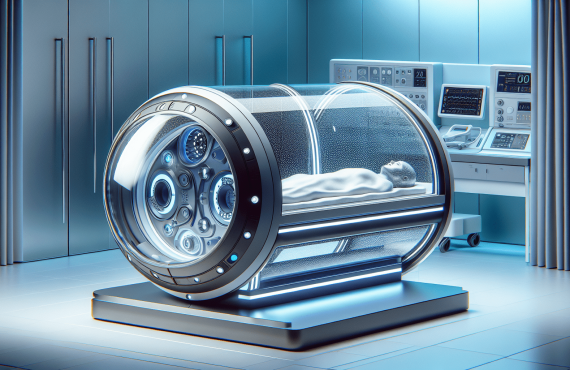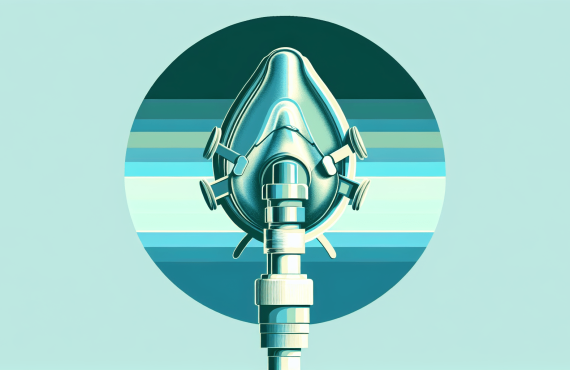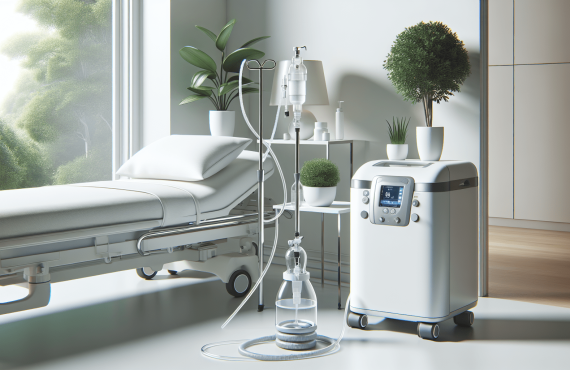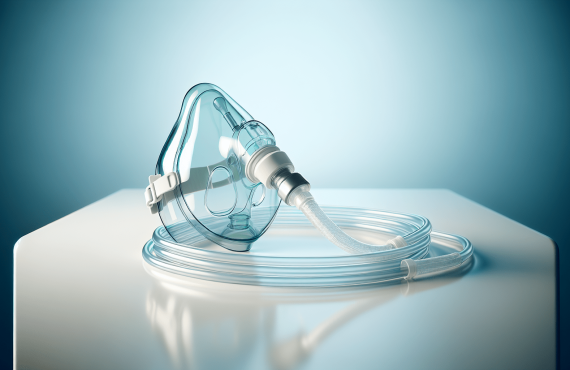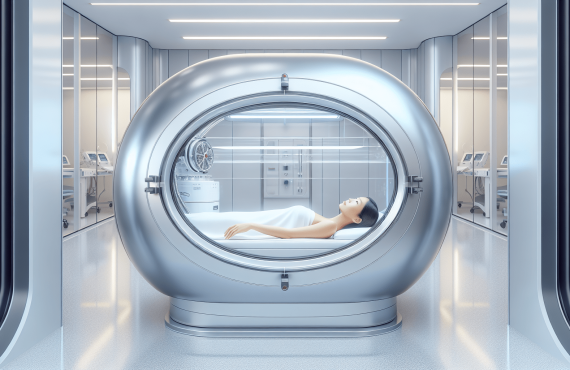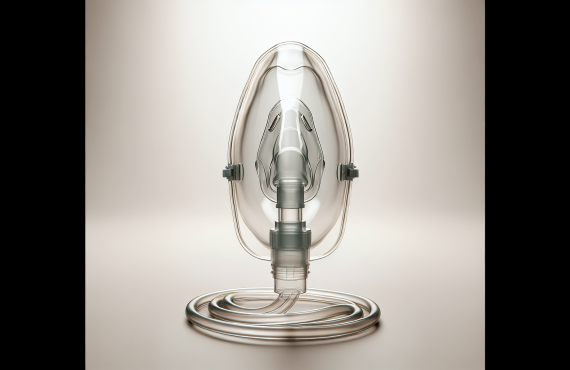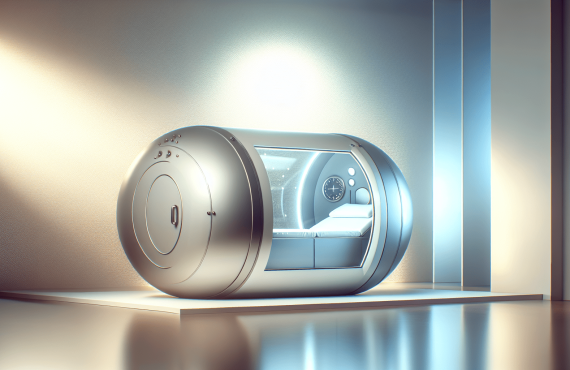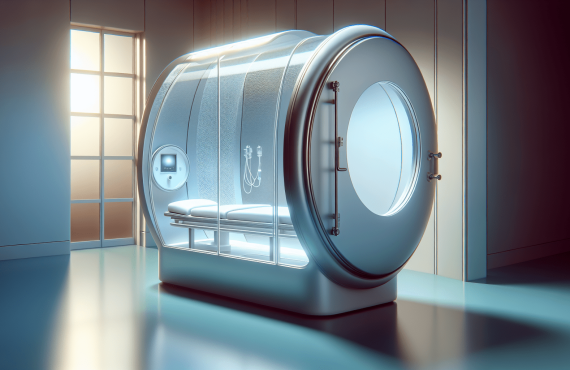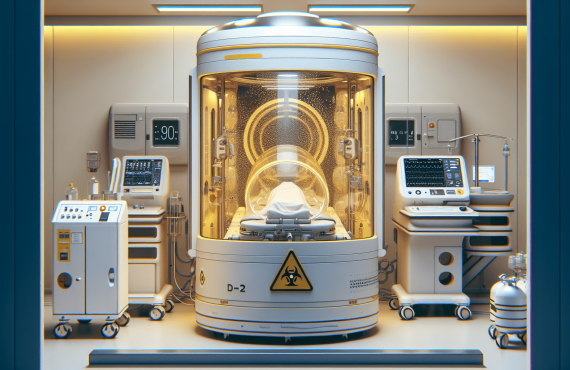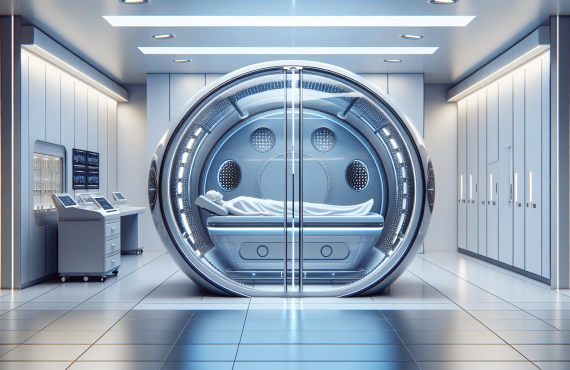Do you ever wonder if the inhalation of more oxygen than usual might come with its own set of risks? While oxygen therapy can deliver impressive health benefits, such as enhancing tissue repair and reducing inflammation, it’s not without hazards. It’s a bit like putting an energetic puppy in charge of a china shop – you must ensure everything is controlled and managed carefully. But before we start shopping for tiny oxygen helmets and seat belts, let’s explore the possible dangers associated with this therapy and how to sidestep them.
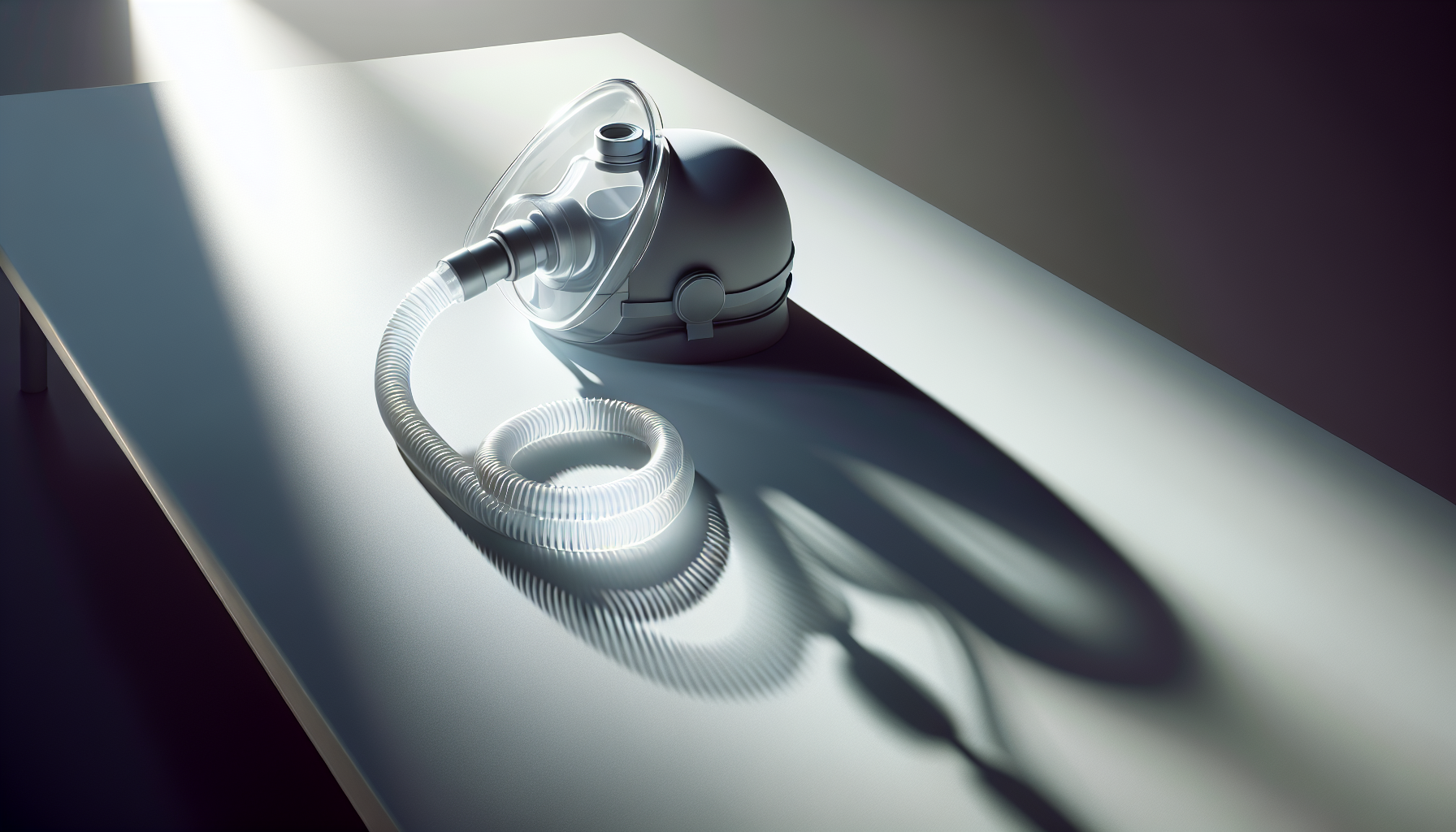
Table of Contents
Understanding Oxygen Therapy
Oxygen therapy is like giving your body a spa day. It involves using supplemental oxygen to help folks with certain health conditions breathe easier. Your typical oxygen therapy scenario might involve tanks, concentrators, or liquid systems. But when you’re breathing in this concentrated oxygen, especially in a pressurized environment as in hyperbaric oxygen therapy (HBOT), there are additional considerations to keep in mind.
How Oxygen Therapy Works
Picture your lungs as eager butler-service cups. Typically, your lungs fetch oxygen from the air and distribute it to the rest of your body. With oxygen therapy, those cups turn into high-capacity pitchers, pouring extra oxygen into your bloodstream. This process can ramp up the oxygen levels in your body’s tissues, helping with healing, reducing inflammation, encouraging an anxiety-free atmosphere for your organs, and boosting overall energy levels.
Hyperbaric Oxygen Therapy (HBOT)
Think of HBOT as oxygen therapy with a supercharged twist. Inside what resembles a futuristic phone booth, you breathe pure oxygen at higher-than-normal pressure, saturating your blood with more oxygen than you could achieve naturally. This added atmospheric pressure allows oxygen to infiltrate areas that typically receive less – it’s like sprinkler systems aimed precisely where most needed.
Potential Dangers of Oxygen Therapy
In the way its joy boosts healing, excessive oxygen exposure could also open a Pandora’s Box. In the same way that adding more people to a conga line could create chaos, too much oxygen can upset the smooth dance of your bodily systems.
Oxygen Toxicity
Let’s say oxygen has an overenthusiastic personality. It’s generally benevolent, but in excess, it can become unruly. The unwanted guest in this scenario is oxygen toxicity, which may occur when you’re exposed to high concentrations of oxygen for extended periods. This can affect your lungs and central nervous system, sometimes leading to symptoms like dizziness, vision changes, or seizures.
Fire Hazard
Oxygen itself doesn’t combust, but it loves to fan flames. It does not take much for supplemental oxygen to make regular household fires more intense. So, when using oxygen at home, treating cigarettes, open flames, and other heat sources as the kryptonite they truly are is crucial.
Dry or Bloody Nose
Your nasal passages aren’t fans of arid climates. High-flow oxygen therapy might dry out your nose, causing discomfort or nosebleeds. Just a little moisture is what they need, much like any of us glaring at our winter heating bills.
Skin Irritation
Those little nasal cannulas or masks delivering all that oxygen can rub your face raw, especially if you have sensitive skin. It’s like your face endured constant earmuff friction during a chilly stroll.
Side Effects of Oxygen Therapy
While we’re thrilled with the health benefits oxygen therapy can provide, it can sometimes sprinkle in side effects. They aren’t red flag horror story-worthy but are worth discussing over tea and biscuits.
Fatigue
Paradoxical, but some folks feel tired after oxygen therapy. Nothing like waking up from a massage feeling more exhausted than before.
Headaches
Those newly invigorated brain cells might throw a parade, but occasionally, the noise becomes a bit much, resulting in headaches.
Vision Changes
High doses of oxygen sometimes make your eyes feel like they’ve switched to different prescription glasses. It could be blurriness or tunnel vision, taking you mentally to the pages of a science fiction book.
Mitigating the Risks
Knowing is half the battle, as the saying goes. The other half is carefully following directions and keeping communication lines open with your healthcare provider.
Close Monitoring
Healthcare providers don’t just set and forget. Close monitoring means adjusting oxygen flow rates and frequency to balance benefits and risks. And should you notice unusual symptoms, relaying the information swiftly is key.
Home Safety Precautions
Put Captain Safety’s hat on when approaching oxygen use. Keep oxygen equipment a fair distance from flames and heat sources, avoid smoking, and use “no smoking” signs around your oxygen use area.
Maintaining Your Gear
Give your oxygen equipment a little TLC. Follow maintenance guidelines like checking for cylinder leaks, keeping tubing clean, and replacing items as needed. It’s like how you’d care for “the other half” of your breathing world.

Benefits of Hyperbaric Oxygen Therapy
While potential risks sit on one plate, the benefits definitely sit on the other, holding more sway. HBOT boasts an admirable list of healing effects.
Enhanced Wound Healing
Imagine a superhero cape encouraging your cuts, scrapes, and surgical sites to heal faster. That’s HBOT, essentially boosting your body’s capacity for repair and skin regrowth.
Increased Collagen Production
HBOT can also improve skin appearance by increasing collagen production. Ponder counting the wrinkles not coming rather than those that do.
Supporting Bone Health
In scenarios like bone infections or osteonecrosis, which require a boost, HBOT plays a supportive healing role, enhancing oxygen delivery to these areas.
Frequently Asked Questions About Oxygen Therapy
Let’s address some questions you might be contemplating as you ponder the landscape of oxygen therapy.
Is oxygen therapy safe?
Generally, oxygen therapy is safe when used according to a doctor’s instructions. It becomes unsafe primarily when misused, emphasizing following prescribed guidelines.
How long does it take to see benefits from HBOT?
The timing can vary based on the condition treated. Some people notice improvements after a few sessions, while others require more sessions spanning several weeks.
Can oxygen therapy be done at home?
Yes, some forms of oxygen therapy can be done at home if prescribed by a healthcare provider, with instructions provided for doing so safely.
What ailments can oxygen therapy treat?
Conditions range from chronic obstructive pulmonary disease (COPD) to wounds and infections needing enhanced healing mechanisms.
Can children undergo oxygen therapy?
Yes, but it requires careful supervision and prescription from healthcare providers, ensuring adequate and safe use for the child’s specific condition.
Realizing the Balancing Act of Oxygen Therapy
Understanding oxygen therapy’s role in healthcare involves recognizing both its potential benefits and hazards. Like tiptoeing across a seesaw, even distribution ensures safety and productivity rather than spills and chaos. So, chat with your healthcare provider about venturing into oxygen therapy, customizing the approach to your circumstances.
And if at any point you seek a chiropractic advantage alongside your oxygen venture, why not inquire about Dr. Craig Henry at Henry Chiropractic? You can find him at:
Henry Chiropractic
1823 N 9th Ave
Pensacola, FL 32503
(850) 435-7777
Website Link
Balancing health effectively involves piecing various knowledge bits together – as much fun as learning to cross-stitch in this ever-intriguing tapestry of well-being.









